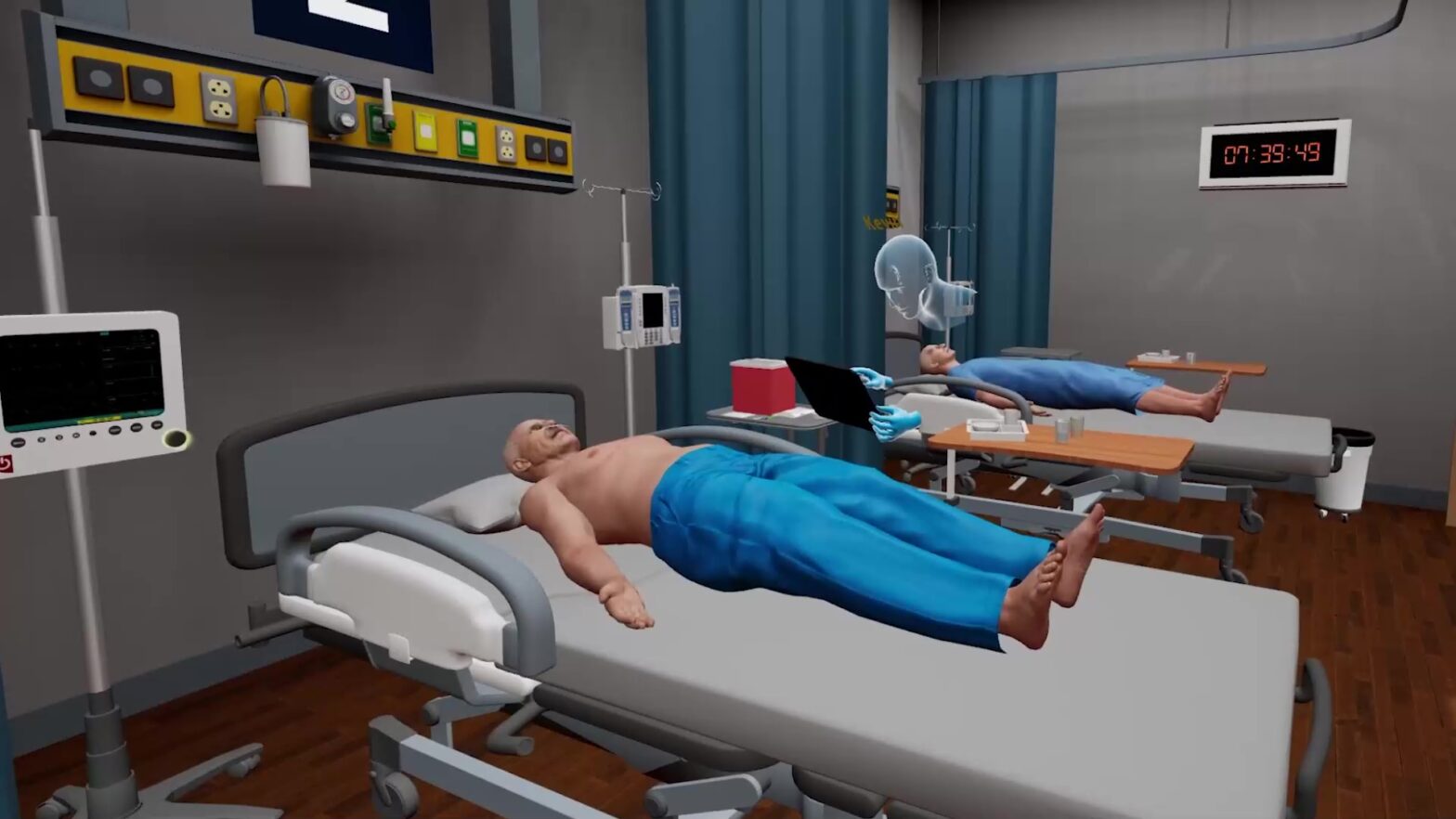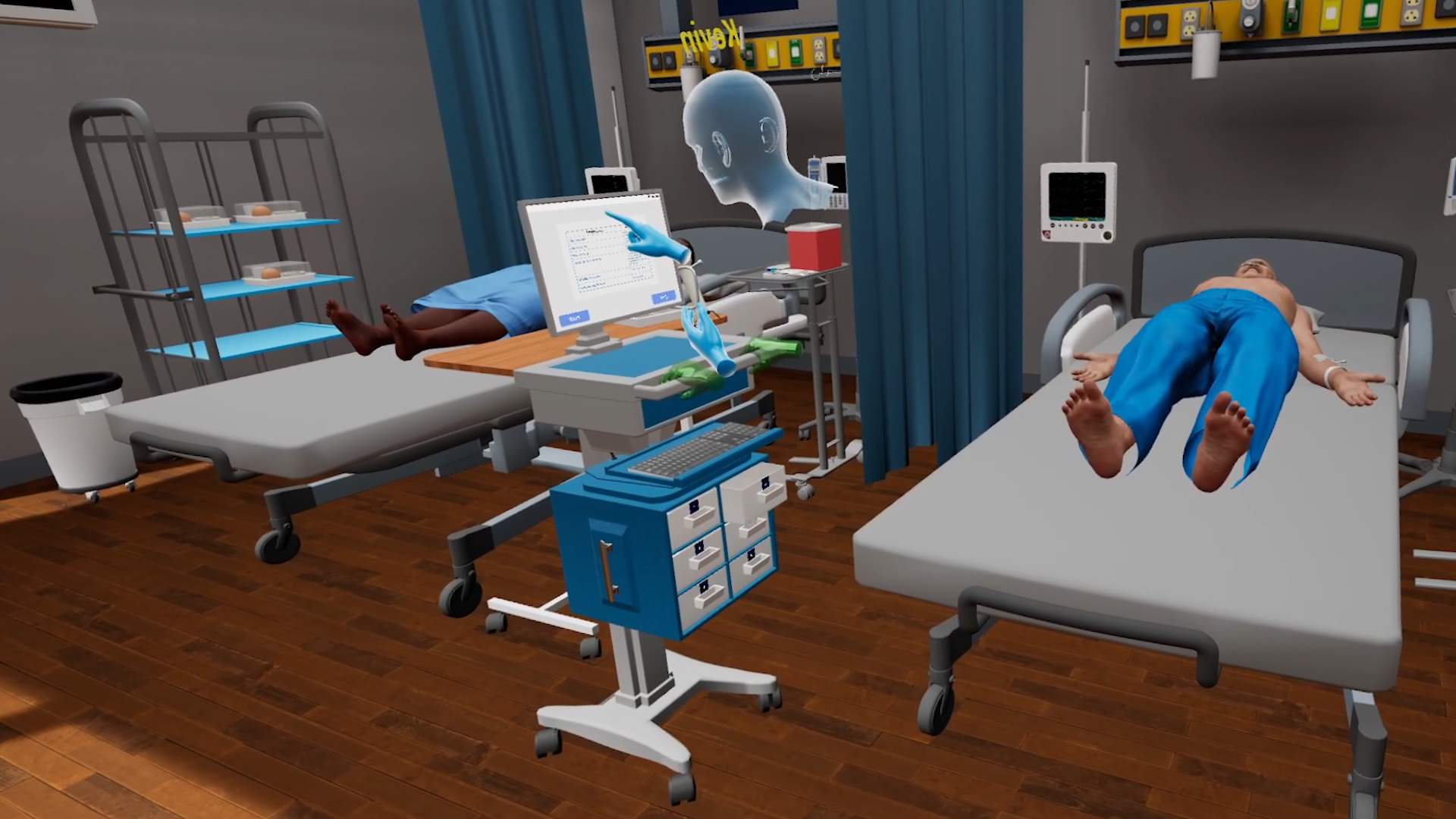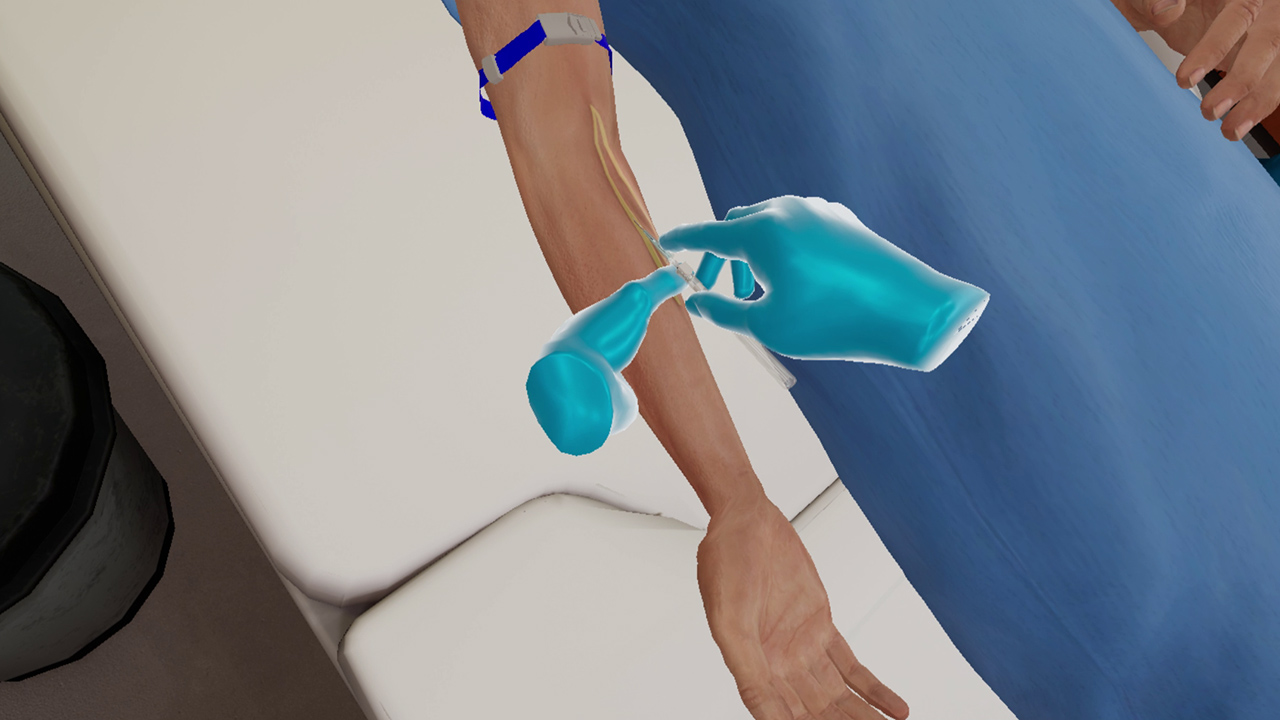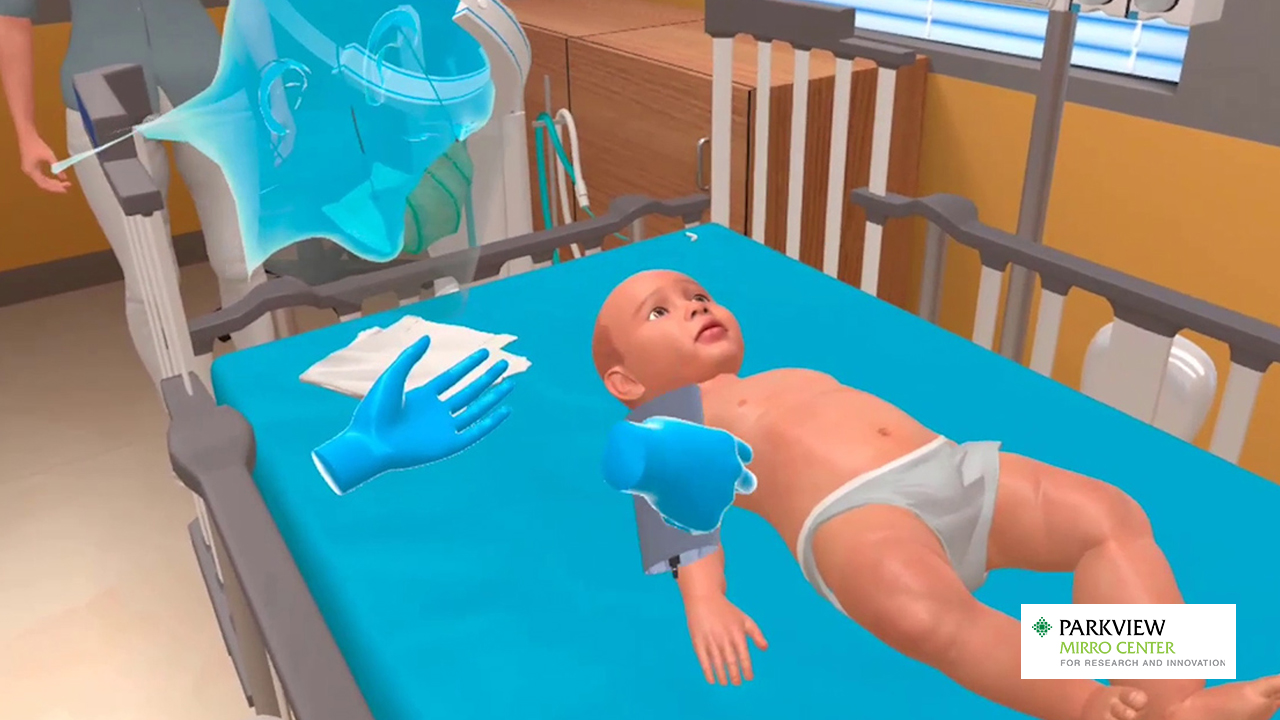
When the World Health Organization (WHO) says that nurses are “often the first and only health professional a patient will see and the quality of their initial assessment and subsequent care is vital to strong health outcomes,” it underlines the important role nurses have to play in the wellbeing of a patient. In the same report WHO mentions that close to 50% of the world’s healthcare force is comprised of nurses, once again laying emphasis on their role in patient care and according to a report by AACN, nursing makes up for the largest healthcare profession in the United States with up to 4.7 million nurses across the nation. This demand for skilled nursing professionals is increasing with Bureau of Labor Statistics (BLS) projecting this to be around 6% from 2021 to 2031. Skilled nurses are capable of not just caring for one patient at a time but work in shifts and effectively handle multi-patient shift jobs.
What consist of a multi-patient care?
As the term suggests, multi-patient care comprises the simultaneous care of multiple patients. These patients, in most likelihood are admitted with varying diagnoses and require varied care regimes. The complexity of the job lies in balancing these requirements and working within strict timelines to complete tasks.
Nurses working in various types of healthcare setups like outpatient facilities, nursing homes, and hospitals often work in shifts, taking care of multiple patients at a time. Shift timing could be somewhere between 8-12 hours. This set up of shift duties can be demanding and arduous. Nurses are required to check vital signs, administer medications and treatments as applicable, resolve patient queries and also provide emotional support to those in need. Task prioritization is a must depending upon patient acuity and the urgency of care.
Nurses also form a link between the patient and other healthcare professionals. They are in charge of documenting the patient’s health condition, updating the visiting doctor and providing a complete report to the incoming nurse in the next shift. This forms a continuity and quality in patient care.
Skills required for caring for multiple patients
The premier nurse licensure exam, NCLEX lays emphasis on skills like critical thinking and clinical judgement indicating that nursing is not just about caring for the ailing. Nurses need to be able think on their feet, be alert to patient conditions and prepared to manage emergencies. To be a skilled nurse, efficiency in a range of skills is a must, the significance increasing exponentially when caring for multiple patients.
Time management – Listing tasks, prioritization and timely execution of tasks is crucial to efficient patient care. Every patient will have varying requirements with some being time sensitive. Working with several patients, a nurse must identify and rank the patients and the needed tasks based on urgency of care
Communication – Nurses need to communicate at multiple levels with a number of different parties, with each one seeking a different kind of information. When reporting to doctors, there is the need to provide an update on the patient’s condition to decide upon the further treatment process; when handing over charge to an incoming shift nurse, there is the need to provide a complete update on every patient and give special instructions, if there are any; with patients and their family, nurses may have to resolve queries, provide information on the ongoing treatment or even provide emotional support.
Critical thinking – Changes in patient’s condition are very likely. They may show signs of improvement or signs of trouble. Nurses must be skilled to identify warning signs and appropriately respond to the situations. Critical thinking is essential when one is responsible to monitor and tend to a patient who is in recovery.

Emotional resilience – As a nurse, one is bound to experience a sea of emotions on a regular basis. Someone may have lost a loved one, a patient’s condition may show signs of deteriorating, there may be terminally ill patients with no hope of recovery or there will be patients moving along the path of a healthy recovery. Staying calm and sane in such conditions can be a challenge. This is where emotional resilience is needed to sail through the job with a strong heart and steady head on one’s shoulders.
Technical proficiency – Nurses need to be skilled and adept in handling various kinds of technical instruments. There could be patients requiring a piggyback administration or a routine EKG checkup. Technological advancements are continuously taking place, and to stay relevant nurses must get skilled in handling instruments required for efficient patient care.
Team player – Patient care is not just about a nurse doing the rounds and completing routine tasks. There is a team of healthcare professionals working in harmony, some in the forefront and some in the background. Nurses often form a bridge between these many healthcare professionals and patients. They need to work in tandem with other nurses, doctors, environmental service professionals, etc. to provide holistic care and also manage the workload.
Practicing multi-patient care in VR
Healthcare simulations in virtual reality (VR) are making inroads into the training domain. It is now possible to train and practice for all kinds of procedures and scenarios to gain realistic experience and gain confidence to face real-world challenges. Multi-patient care in VR is providing immersive and engaging opportunities to practice and develop valuable skills required for the job.
Realistic environments – Digitally created environments are close replicas of the real-world healthcare setups. This includes all the equipment and virtual patients. Learners taking the session are part of this realistic environment, can interact with objects and perform procedures as they would in an actual healthcare setting.
Scenario-based learning – Users may be presented with patients requiring urgent care or simple routine checkups. A variety of scenarios can be simulated to provide practice in a range of skills helping users master skills like time management, critical thinking, clinical judgement, collaboration etc.
Immediate feedback – Feedback is essential to understand and analyse performance. Every step in the simulation will provide feedback and the session-end debriefing, like the one provided by MedVR Education, gives a detailed report on the user’s activities and how they have fared. This helps understand strengths and weaknesses and work towards rectifying errors.
Nursing care has a significant impact in patient-outcomes. According to a report published in the British Medical Journal (BMJ) a more proficient nursing staff is directly related to a lower mortality rate. The significance of nursing cannot be emphasized enough. To help build a skilled nursing workforce, MedVR Education is creating virtual simulations to help provide quality training and practice opportunities.
About MedVR Education:
MedVR Education is a continuing education platform, founded with the specific aim of providing immersive and engaging VR training solutions to healthcare professionals. Its dynamically growing library witnesses the addition of 4-5 new solutions every month. MedVR Education is at the forefront of implementing the latest technology in the field of VR and training, ensuring that learners get the best possible learning experience.
Contact us to know more about VR in healthcare training or visit MedVR Education to explore the various programs we offer.


